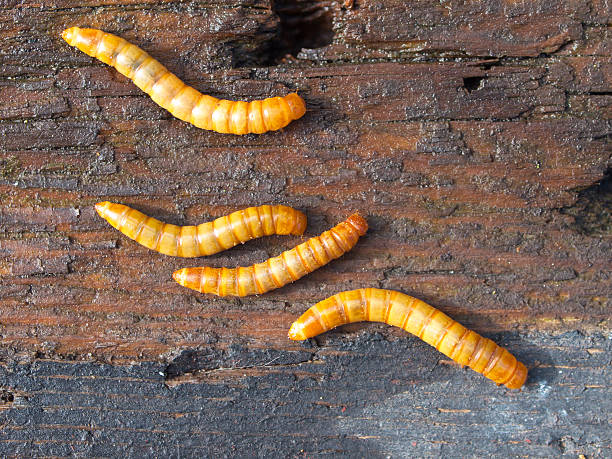A human case of flesh-eating screwworm was detected in the U.S. and is related to the latest outbreak of the parasite in Central America, according to officials.
The patient had recently returned to Maryland after traveling to El Salvador, Andrew G. Nixon, a spokesperson for the U.S. Department of Health and Human Services, told Reuters in an email.
On Aug. 4, the Maryland Department of Health and the Centers for Disease Control and Prevention confirmed the parasite as a New World screwworm, but said it is travel-related.
"The risk to public health in the United States from this introduction is very low," Nixon said.
What is a New World Screwworm?
The larva of the New World Screwworm flies feed on living tissue, and mainly impacts animals and livestock. But humans can also become infested by the larva, according to the CDC.
The fly was eradicated in the U.S. in the 1960s and in Mexico in the 1970s. But Panama, Costa Rica, Nicaragua and Honduras have recently documented cases despite the parasite also being eradicated in Central America in the early 2000s.
Who will be impacted most by the New World Screwworm?
Travel-related cases of screwworm pose a low threat to the public health of the U.S., and the government has not confirmed any cases of screwworm infesting animals in the U.S. in 2025.
The case, however, will likely shake the cattle ranchers, beef producers and livestock traders who were already put on alert about potential screwworm infestations, according to Reuters.
The parasite has since moved into southern Mexico from Central America, causing concern for potential infestation if the fly continues to move northward.
An outbreak in the U.S. would impact the cattle in the country and raise already record-high beef prices.
Combatting the screwworm
The U.S. Department of Agriculture will build a facility in Texas, the largest cattle-producing state, that will produce sterile flies to try and keep the flies' population from growing. The department will spend up to $750 million on the facility, according to Reuters.











